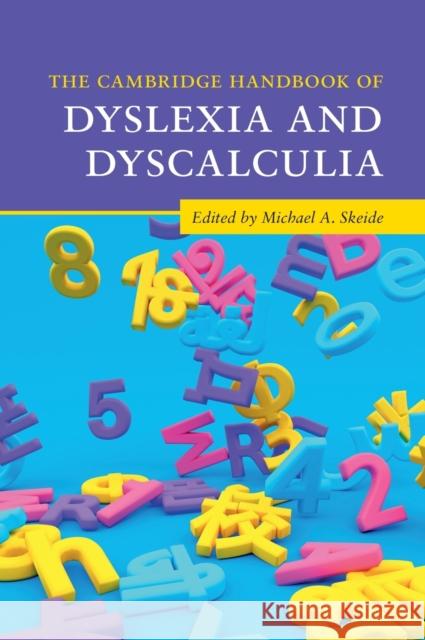The Cambridge Handbook of Dyslexia and Dyscalculia » książka
topmenu
The Cambridge Handbook of Dyslexia and Dyscalculia
ISBN-13: 9781108833196 / Angielski / Twarda / 2022
The Cambridge Handbook of Dyslexia and Dyscalculia
ISBN-13: 9781108833196 / Angielski / Twarda / 2022
cena 720,21 zł
(netto: 685,91 VAT: 5%)
Najniższa cena z 30 dni: 720,21 zł
(netto: 685,91 VAT: 5%)
Najniższa cena z 30 dni: 720,21 zł
Termin realizacji zamówienia:
ok. 16-18 dni roboczych.
ok. 16-18 dni roboczych.
Darmowa dostawa!
An accessible, authoritative, interdisciplinary and cross-cultural survey of key basic and applied research findings on dyslexia and dyscalculia.











